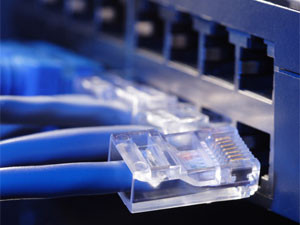
Software-defined networking (SDN) is set to be one of the most disruptive developments in IT, yet most businesses lack awareness as to its implications, says Shiraaz Singh, head of Networking Solutions at Aptronics.
SDN is the future of networking, and companies need to be aware of its implications, notes Singh. She explains it is a method of simplifying the ways networks work, while making them more flexible.
"The simple definition is that it takes the intelligence out of traditional switches and puts it into a controller," says Singh, noting there are predictions that, by 2020, users will be hard-pressed to even find traditional switches.
According to Singh, there are five reasons SDN is set to change networking forever:
1. Faster provisioning
In current network set-ups, each switch needs to be configured independently. This means it still takes a long time to provision network services, particularly in large environments. By centralising the configurable component - in this case, the controller - rather than having to set up each individual switch manually, it is possible to configure and deploy almost immediately, leading to radically faster provisioning.
2. Better security
The advent of server virtualisation made securing networks more complicated. SDN makes it simple by automating the process of administering and creating security policies. It provides the granular security for applications and endpoints devices that a conventional hard-wired network cannot.
3. Content delivery
We're living in a digital age. People are demanding access to different types of rich media content from all sorts of devices. How can network administrators deliver this content quickly and seamlessly, and in high definition to boot? Current networks can't do this without complicated and manual configuration and setup, but SDN provides an ideal environment for faster, more dynamic and more effective content delivery.
4. Multivendor capabilities
One of the biggest issues with current provisional networking can be interoperability. Compatibility challenges make it difficult to get two or three vendors running on the same environment. Open standard SDN protocols such as OpenFlow allow companies that do not want to put their eggs in one basket to employ multivendor strategies without having to worry about vulnerability and incompatibility.
5. Application-aware networks
Imagine your network being intelligent enough to detect which applications are flowing through it and automatically adjusting for required performance, for example prioritising voice over less important traffic. SDN allows for the possibility of application-aware networking that detects traffic flowing through the network and dynamically adjusts itself according to quality of service and prioritisation. It would essentially eliminate the risk of poor performance due to misconfiguration and incorrect quality of service.
Share